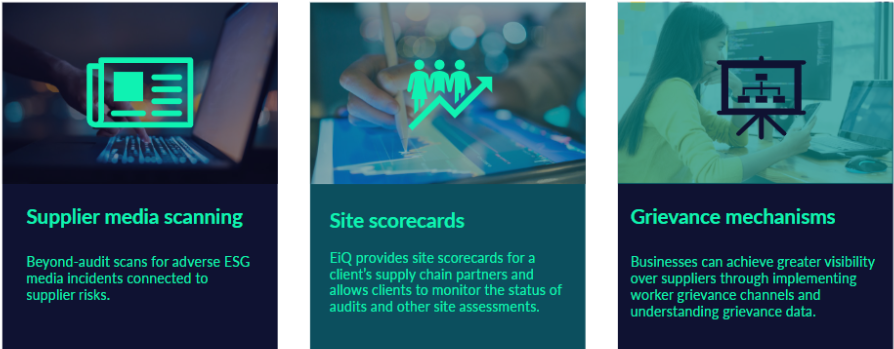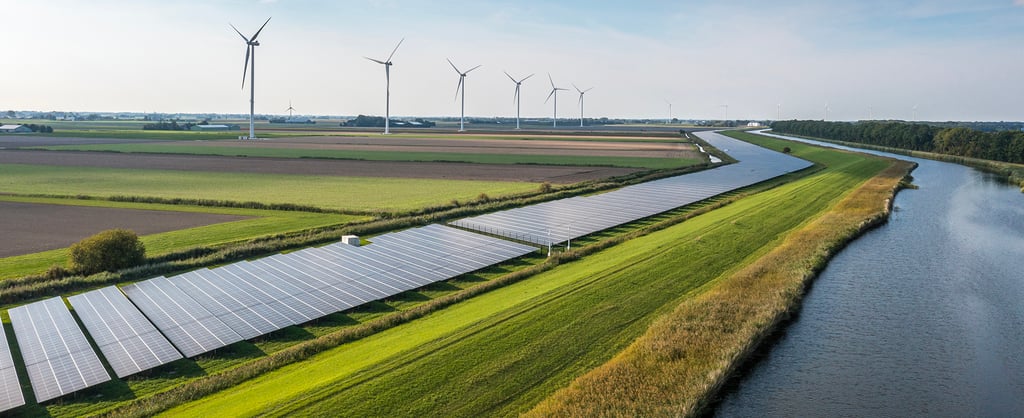It’s about mastering supply chain visibility. Expanding oversight of every link of your operations – not just Tier 1 suppliers - is a key component for both regulatory compliance and overall risk management best practice.
At least 45% of supply chain leaders say they either have zero visibility into their upstream suppliers or can only see up to their first tier, according to a 2022 McKinsey survey of supply chain leaders across the globe.*
In the new era of risk management – defined by evolving supply chain regulations and increased focus on ESG challenges- organisations must work to ensure they have the processes, programmes and strategies in place to identify and reduce the likelihood of adverse occurrences in their operations and value chains. This includes understanding the importance of supplier visibility and ongoing risk monitoring.
The cost of low supplier visibility
The complexity of supply chains and multi-tiered nature of operations create holes in risk management, and these gaps can end up being critical pitfalls for businesses, making them more vulnerable to greater environmental, social, and governance (ESG) risk exposure. High-risk suppliers can sometimes go undetected due to time lags in annual assessments; we now know that once-a-year audits no longer suffice.
The good news is, improving supply chain visibility is possible. Enhanced technologies and data quality allow for ongoing monitoring and beyond audit risk management support. The McKinsey survey said companies that implemented digital dashboards to monitor their suppliers were twice as likely as others to avoid supply chain problems caused by the disruptions in 2022.
LRQA’s supply chain due diligence software EiQ supports near real-time monitoring of supply chain performance and ESG risks. Through its data collection, analytics, benchmarking capabilities, and risk alerts, EiQ allows for ongoing risk monitoring, serving as a fitness tracker for supply chain health.
Back to basics: screening and monitoring suppliers effectively
The key to effective supplier monitoring is identifying and understanding where in your supply chain is the highest risk for critical ESG violations. The high-level tools outlined below, conducted in EiQ, can get you started in improving visibility over your supply chain operations:
Improving supplier visibility

Supplier media scanning: Once-a-year supplier assessments leave gaps in supply chain visibility and risk monitoring. EiQ's Sentinel tool scans supplier names through thousands of media channels to detect when adverse ESG incidents connected to suppliers have been picked up in media. Through monthly Sentinel scans, businesses can monitor supplier risks in near real time and gain insights into supply chain partners that go beyond annual assessments.
Site scorecards: Companies can implement EiQ site scorecards into their risk assessment process. Site scorecards are derived from both a site’s audit results and its risk exposure level, such as if the site operates in a high-risk region.
Grievance mechanisms: Our global grievance mechanisms offer a transparent, independent, and safe channel for workers to report health, safety, social/labour, and environmental issues anytime, anywhere. Scalable from single sites to entire sectors and geographies, our model aligns with international frameworks like UNGPs and CSDDD.
By identifying the holes in your supply chain and implementing the above actions, businesses can begin to decrease the gaps and increase visibility to improve their overall risk exposure and management.
Get a free demo of EiQ to understand your supply chain’s ESG risk exposure.










